Welcome back to my post. The topic that I plan on talking about today is about my workouts how to prepare for combat. I want to let you all know that workouts are just as important as having the right gear to complete the mission. I have completed several different types of workouts in the past from weightlifting to CrossFit. I have noticed that my body reacts the best to being adaptable throughout the workouts. CrossFit is a plus when it comes to having HIIT (High Intensity Interval Training) every other day. I not only notice that my body has seen changes in appearance, but my physical capabilities as well have increased. I do intergrade running in to my workout schedule as well. I run on the opposite days than the CrossFit. I run until I accomplish the desired goal that day. I do my research by going to websites and even then, I adapt my workouts for me. By doing this, I don’t cut myself any slack because I am just hurting my livability chances in combat. I will talk about a common week that goes from Monday till Sunday with my workout schedule.
Monday, I start by conducting a HIIT training day. I eat clean to keep my body reliant on food sources that will provide me fuel throughout the workouts and the rest of the day. My experiences have taught me that staying as close to fresh in combat has given me a great advantage over others. I noticed this as well with my fellow comrades that were with me. Just think of this training and preparation as a long-distance race, that could last several hours. I rotate the workout so that I don’t repeat it every Monday. I wear comfortable yet functional clothing and footwear to help prevent injuries. I sometimes wear clothing that I would use during missions. This allows me to check to see if the clothing fits and meets all my demands. Each Monday I eat cooked rice with chicken and various amounts of vegetables. I eat at least three meals per day. I prepare a protein shake between meals and after my workouts.
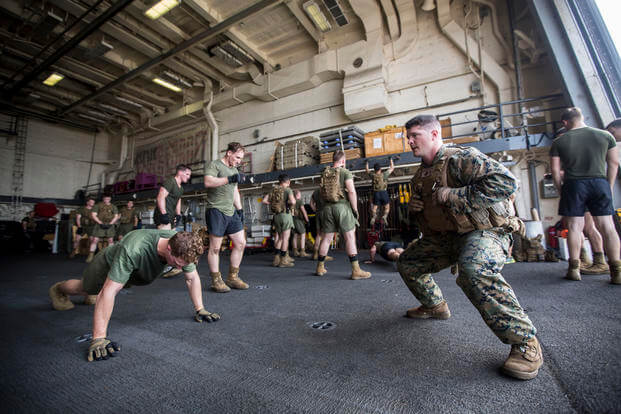
Tuesday, I do a medium distance run about four to six miles. I set my pace around seven minutes per every mile. I run on all types of terrain because I have found myself in combat in several different types of terrains. I don’t like running with people who are too far out of my ability group. The ability group for me can keep the same type of pace and duration throughout the run. I have learned that if I train with people outside of my ability group usually has unwanted effects on my body. Running on loose sand trails or a beach is definitely a good choice to rotate into your schedule. Running on loose sandy terrain is a great way to challenge your body. I don’t change really anything up for running days in my meal preparation. With my protein shakes I prepare each day, I take BCAA’s (Branched-Chain Amino Acids) to replenish the necessary nutrients.
Wednesday would be another HIIT training day. I drink water throughout the day. Being hydrated is key in keeping injury free and keeping my body functioning properly. I do enjoy the occasional soda or junk food once or twice during the week. This HIIT training is rotated as well so that I don’t complete the same workout as Monday or the previous weeks during the month. If I have a lot of lower body exercises in a week schedule, I will focus on a workout that is focused more on full body and upper body exercises. Sometimes I focus on specific muscle groups to build the strength in that area where it is lacking.
Thursday, I do a foot march with load bearing equipment weight for around eight miles one week and twelve plus another week. I sometimes wear only work pants with a t-shirt and my footwear that I wear on missions. I don’t change my eating patterns based from my knowledge of how Thursdays are my foot march days. I stay hydrated by caring water during the foot march. I don’t calculate in the water into the weight. I have a pack that I carry that is comfortable. I picked up a used ruck sack that fits my requirements for these foot marches. Any pack or ruck sack will work if you can accomplish your task for the foot march. I have a hydrating bladder that holds about three liters of water. I have this closer to the top of the ruck to be able to stop and replenish water reserves. I don’t drink any or eat anything like power gel or power bars during the foot march. I’m not against using them but I personally had a bad experience using this type supplementation during the session.
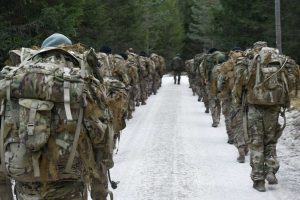
Fridays, I do another HIIT training day. I found that staying lose by doing stretching and YOGA really helps not just to stay injury free but also helps with my personal defense techniques. I have set aside what people think about me when I’m bettering myself for combat. I sometimes conduct water training in a swimming pool or a body of water. This provides low impact on the body’s joints yet still achieves cardiovascular training. I try to tread water for about 10 to 15 minutes at the beginning and the end of the workout. This time depends on how much time there is to complete this training session. I use rubber bricks or anything that has weight to challenge my ability to stay afloat. I use different strokes while completing swimming for distance.
Saturday and Sunday, I do a day of stretching and no workout training to give my body a break. I do sometimes place a break day on a weekday. I then change Saturday or the Sunday into a training day. Rest during your training regimen is crucial to allow my body to replenish reserves. If I do any meal preparation for the coming up week, this is the day that I complete it. I also do incorporate shooting days where I train with my full kit and weapons. During these sessions, I focus on training physically as well as improving necessary kit issues. Training in my kit is a great way to understand, adjust, and wear out the new feel of the kit. Footwear is just as important as any other part of the kit. Footwear should be comfortable yet still functional for any of the missions out there.
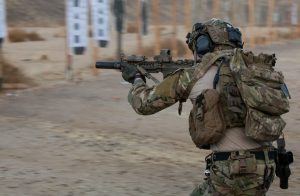
I keep in mind when designing and conducting my training sessions that every mission will not be the same. Missions, however, do have steps that are similar no matter what the mission might entail. During my physical training there is an important step that is just as important as the physical aspects. The mental fortitude and preparation to conduct the training while being adaptive is crucial. During my physical training I train mentally to build the fortitude and the ability to handle different stresses from combat. The next blog posting will be about what type of gear I look for and what has been useful in my previous experiences.

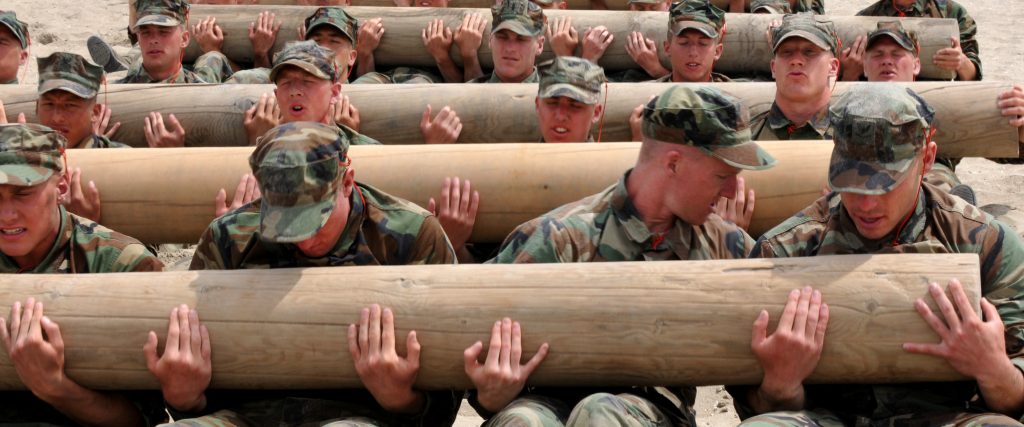

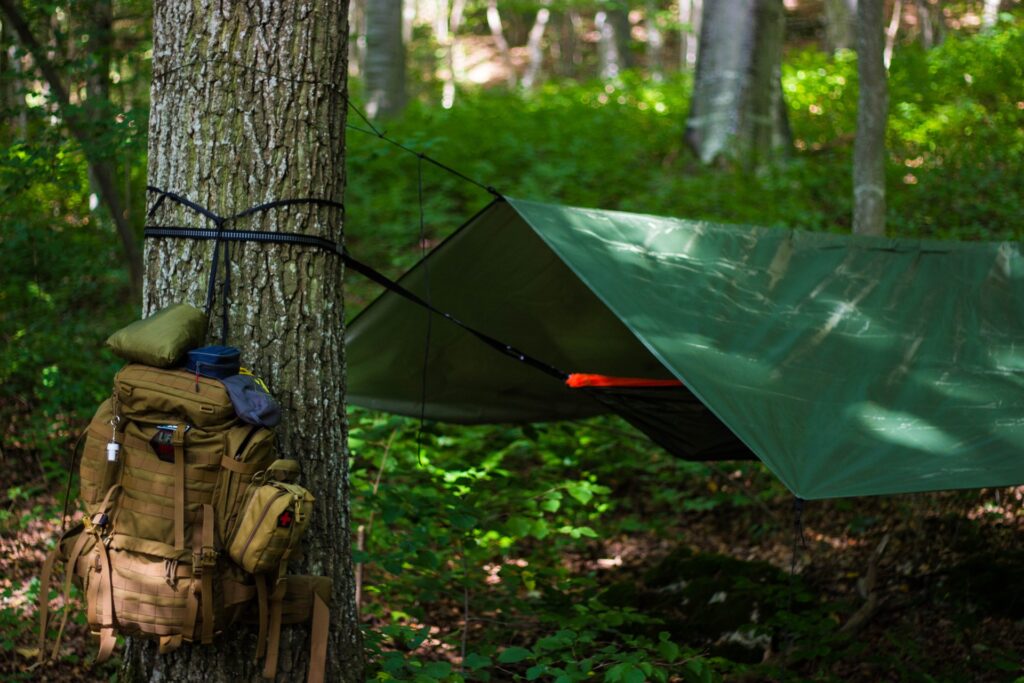
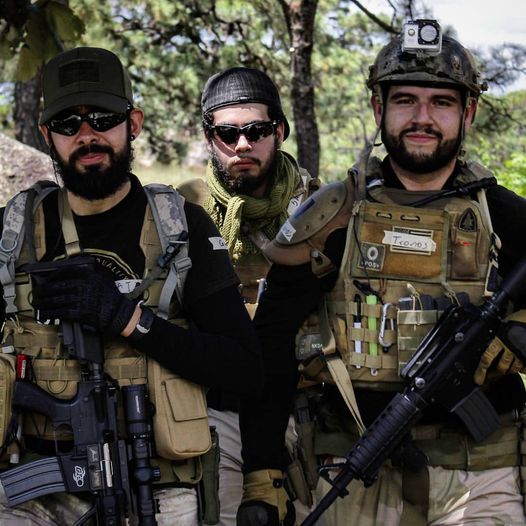
Really well explained. Thank you for this.
wow
Mr. P, do you have some tips when your team is unbalanced? I mean when you have a significant difference between the teammates and is hard to train or do stuff as team because that. What would you recommend on this case? individual training, group sessions focused on team exercises?